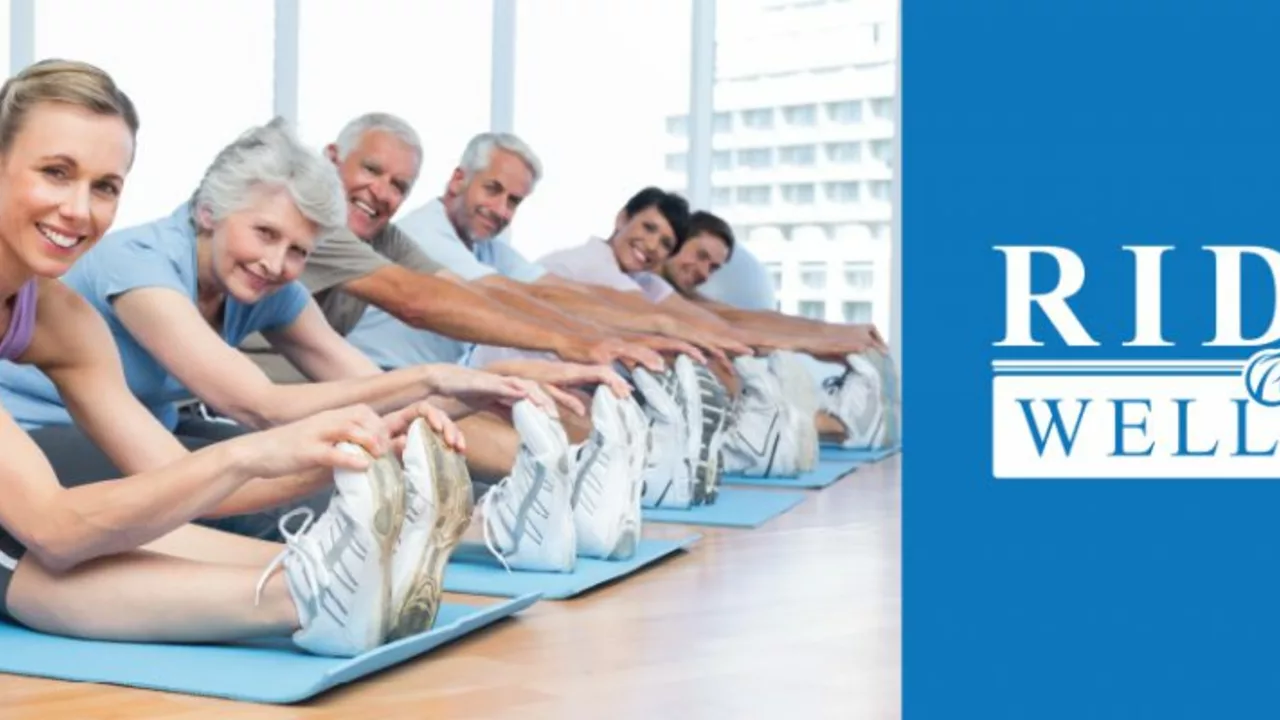Age Limit for Yoga: Who Can Practice and What to Watch For
There isn't a single magic age when yoga starts or stops. People practice yoga from preschool story-time classes to gentle chair sessions for the very elderly. What matters more than a number is the choice of style, the teacher's experience, and simple safety checks before you begin.
Starting Yoga at Any Age
Want to start as a child, a new parent, or at 60+? Great. For kids, playful, short sessions work best—think movement games and simple breathing exercises. Many studios offer structured classes for school-age kids (around 6–8 and up). Teenagers can follow regular classes but might need guidance on proper alignment.
For adults, even 10–15 minutes a day can make a real difference. Short daily routines improve flexibility, mood, and consistency without overwhelming you. If you have high blood pressure, recent surgery, or chronic conditions, check with your doctor first and choose gentle, supervised classes.
Seniors benefit a lot from yoga focused on balance, joint mobility, and breath work. Use props, slower transitions, and avoid fast inversions unless you have a teacher who knows your limits. Simple standing balance work and seated stretches often give the best return with low risk.
Teacher Training and Formal Age Rules
When it comes to formal teacher training, rules vary. Many 200-hour courses ask participants to be at least 18, but not every school enforces the same age requirement. Check the program details before you sign up. Some retreat centers or advanced workshops may also set age minimums for insurance reasons.
If you want to teach but are younger than a program’s minimum, consider assistant roles, community classes for kids, or online modules to build hours and confidence. Experience and personal practice matter more than age when you step in front of a class.
Thinking about advanced poses like handstands or crow? These moves need strength, wrist prep, and technique. Work with a teacher who gives progressive drills and helps prevent injuries like slipping knees in arm balances. Little fixes—wrist warm-ups, core engagement, or a towel for grip—go a long way.
Choosing between online and in-person classes? Beginners often benefit from live feedback in a studio. But online classes give flexibility and a gentle way to start if mobility or time is a problem. Mix both—take a few in-person check-ins and keep shorter online sessions for daily practice.
Quick checklist before you begin: know your medical limits, tell your teacher about injuries, start slow, use props, and aim for consistency over intensity. Age is just one factor; good guidance and gradual progress keep practice safe and effective at any stage of life.
If you’re unsure where to begin, try a short, guided routine tailored to your age group and see how your body responds. Yoga adapts — you don’t have to fit into it.
Is there an age limit for yoga?
In my exploration of whether there's an age limit for yoga, I found that yoga is truly for everyone, regardless of age. From toddlers to seniors, everyone can benefit from its calming and strengthening effects. However, it's essential to choose a style and intensity level that suits one's age and physical condition. Seniors or those with certain health conditions should particularly seek gentle yoga styles under professional guidance. So, no, there isn't an age limit for yoga, but personalization is key.
